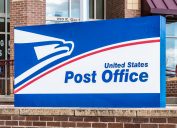6 Mailbox Tips to Protect Your Packages and Letters
Experts say these tricks can help safeguard your important postal deliveries.

While it might not feel like "snail mail" plays as important a role in life as it did even a decade ago, the reality is that we've come to count even more on physical letters and package deliveries in many ways. Unfortunately, the increase in online shopping and changes in technology in recent years have made the items in your mailbox and on your front porch prime targets for criminals. Last year, an estimated 260 million delivered packages were stolen across the U.S.—up from 210 million the year before, according to a report from safety product guide SafeWise. Luckily, there are a few ways you can secure your parcels and postage to ensure they don't wind up missing. Read on for mailbox tips to protect your packages and letters, according to experts.
RELATED: USPS Postal Inspector Reveals How to Mail Checks to Avoid Theft.
1
Don't use your mailbox for outgoing letters.
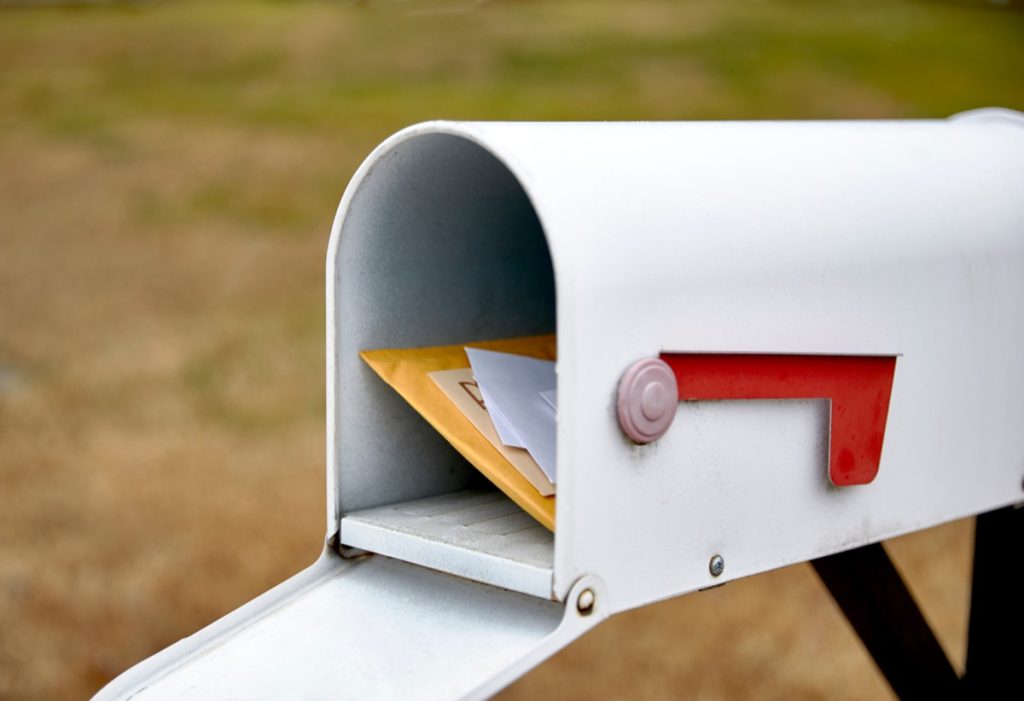
Even though it's most often a receptacle for items coming to you, your mailbox is actually a two-way vessel. This can sometimes be helpful if you don't have time in your schedule to make it to the post office.
But if you're sending potentially sensitive items or letters containing personal information, you may want to think twice about leaving it for pickup. According to Michael Martel, a U.S. Postal Inspector and the National Public Information Officer for the U.S. Postal Inspection Service (USPIS), using letter slots inside your local post office instead of a blue box on the street is best. If you're still pressed for time, try handing your paper mail off to a letter carrier on the spot.
RELATED: 7 Genius Ways to Save Time at the Post Office.
2
Install a video doorbell.

Technological changes may have given rise to package thieves, but they've also made it easier to keep them at bay. Now, experts say it's never been easier to get set up with a relatively sophisticated and effective solution.
"Installing a video doorbell allows homeowners to see everyone who approaches their home, whether it's the kids getting home from school, the mailman, or delivery drivers," says Gilad Epstein, CEO of home security company Lorex Technology. "Homeowners should look for video doorbells that offer clear resolution, color night vision, person detection, and mobile notifications, to name a few."
RELATED: See a Sticker on Your Mailbox? Don't Touch It, USPS Says.
3
Don't let your letters linger outdoors.
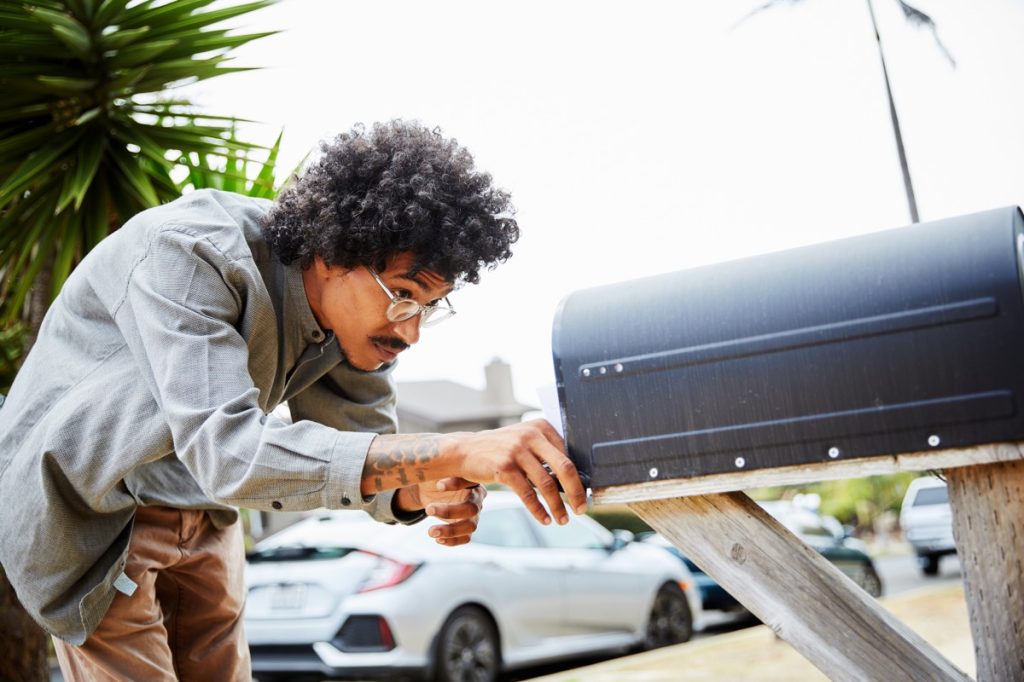
Let's face it: The bills, catalogs, and advertisements that make up the bulk of our daily deliveries don't usually create a sense of urgency to clear out the mailbox. However, leaving your letters lying around for too long could make you a target for identity theft, fraud, and other crimes.
Martel says it's best to pick up your mail and packages promptly after delivery and not to leave anything in your mailbox overnight. If you're expecting checks, credit cards, or other sensitive items and are not at home to catch the mail carrier, ask a trusted friend or neighbor to pick up your mail instead.
If you're worried about missing your packages, you can still stay one step ahead. Martel suggests signing up for Informed Delivery notifications on the USPS website for daily email updates of incoming mail and packages.
4
Have your post office hold your mail when you leave town.

Of course, you won't always be there to wait for the mail carrier with your deliveries. If you're taking a trip, Martel recommends telling your local post office when you'll be out of town so they can hold your mail until you return.
If anything slips through the cracks, you can still be proactive by reporting any suspected mail or package theft to a Postal Inspector by calling 1-877-876-2455.
RELATED: USPS Just Issued a New Warning About Mailing Cash.
5
Install a secure, lockable mailbox or package safe.
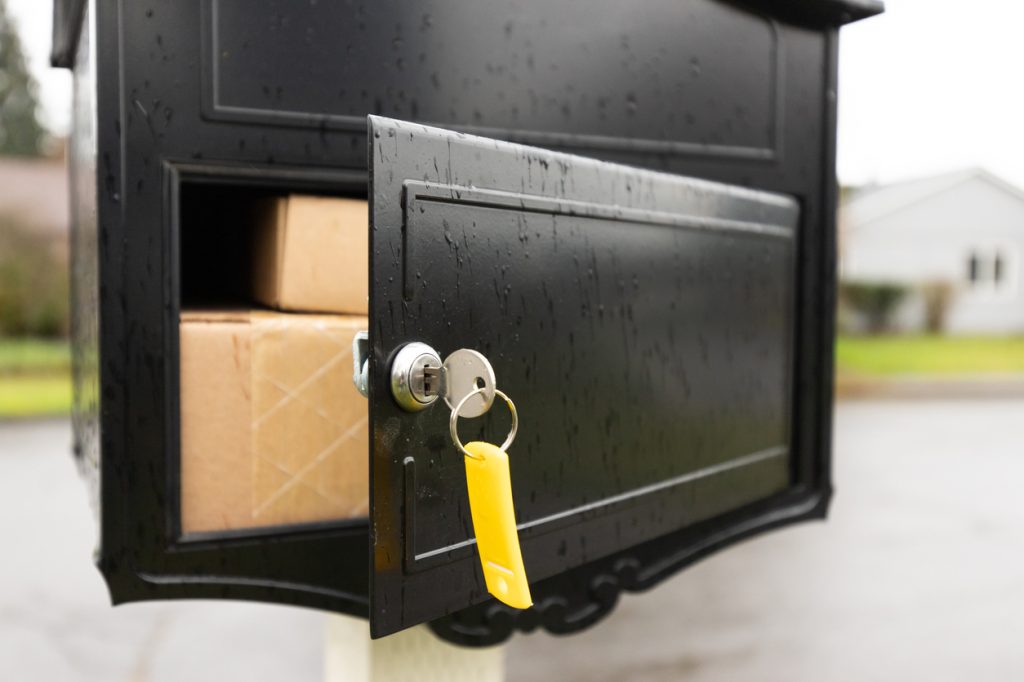
A traditional mailbox may keep your letters contained and relatively safe from the elements, but they're far from thief-proof. That's why it might be worth considering upgrading to something more durable.
"The best way to secure your mail and packages is through the use of a package delivery safe, which allows homeowners to safeguard all deliverables in one place, including special deliveries like medication," says Jeff Kutas, CEO of mailbox company MB Sentinel. He adds that it's also helpful to work a camera doorbell into whichever delivery safe you choose that can attach right to the box, too.
There are even more seamless options that can blend in with your home and its features. "Homes with gates can actually have a package delivery safe installed within a column, eliminating the risk of a freestanding mailbox at their roadside, says Kutas. "Those without a gate can have them installed into the side of their home so that all packages are securely delivered into the house, eliminating the threat of porch pirates, weather, and other dangers."
RELATED: USPS Is Making These Changes to Your Mail, Starting Now.
6
Get your neighbors to keep an eye out.
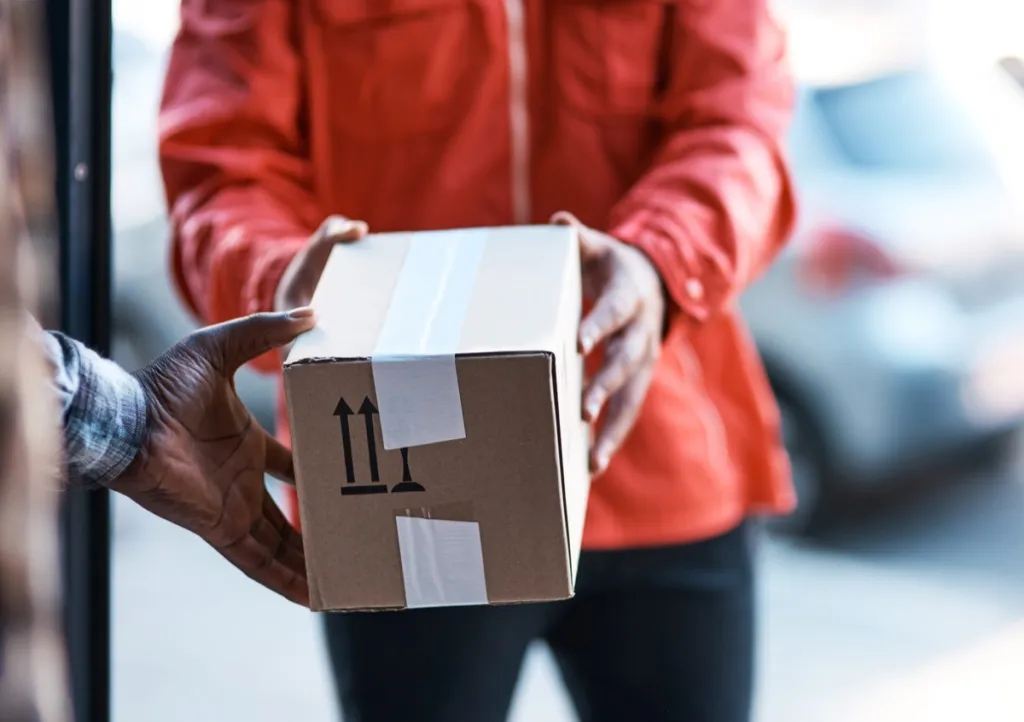
Staying on top of your packages and mail with technological upgrades can help give you peace of mind. But for a long-term solution, it can also help to rely on your community to keep things safe.
The USPIS recommends starting a neighborhood watch program to stay vigilant. By exchanging work and vacation schedules with trusted friends and neighbors, you can watch each other's mailboxes and ensure things stay safe.
For more USPS info delivered straight to your inbox, sign up for our daily newsletter.
- Source: https://www.uspis.gov/

